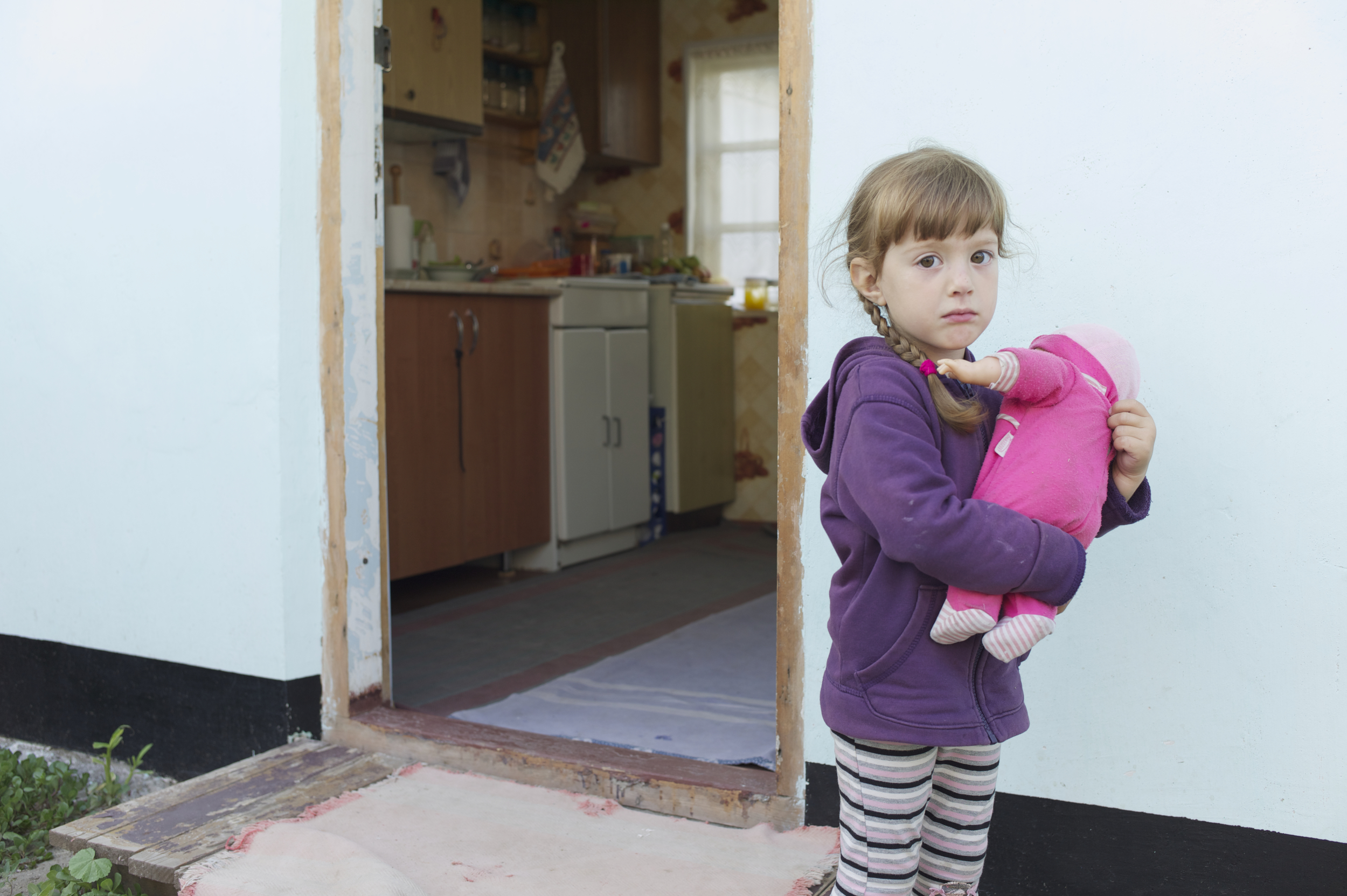Ukraine: An Invisible Emergency

Ukraine is in the midst of Europe’s largest internal migration crisis since World War II.
In April 2014, a pro-Russia separatist rebellion in the heavily populated eastern regions of Donetsk and Luhansk plunged the country into bitter conflict. And yet, the impact of Ukraine’s ongoing conflict and the humanitarian and early recovery needs of its more than five million conflict-affected citizens are not well publicized. Approximately two million Ukrainians are living close to the ceasefire line separating Ukrainian and pro-separatist forces, another two million live under the control of separatists, and 1.5 million have become internally displaced, overwhelming Ukraine’s local governments as they search for safety, shelter, and survival.

“Every family has a story. Every family has suffered.”
Ukrainian NGO staff, Luhansk
Background
Ukraine is a diverse country of 43 million people, with strong cultural and historic ties to Russia. Since gaining independence from Russia in 1991, Ukraine has struggled to modernize and reform its industry, economy, and governance from old Soviet bureaucratic models and to reduce endemic corruption and improve services. In 2013-2014, a popular uprising known as the Maidan Revolution or Revolution of Dignity sought improved democratic governance, closer ties with the European Union (EU), and an end to corruption and impunity. The uprising led to the fall of Ukraine’s pro-Russian government in February 2014.
In March of 2014, Russia invaded the Crimean peninsula, ostensibly to protect Crimea’s large Russian population, and annexed it. The following month, a pro-Russian separatist insurrection began in the east of Ukraine seeking independence from the new, pro-EU government. This insurrection, aided by Russia, triggered a continuing conflict that has so far forced one million Ukranians to flee abroad and another 1.5 million to be internally displaced.

Recommendations
- The Ukrainian government and separatist leaders must commit to allowing humanitarians to operate freely in order to access and provide aid to people at risk.
- The U.S. and other donors should urge the Ukrainian government and separatist leaders to improve freedom of movement for humanitarians and the civilian population by simplifying documentation and procedures and opening additional crossing points across the ceasefire line.
- The U.S. and other donors should immediately provide additional assistance to the United Nations and non-governmental organizations to undertake expanded winterization efforts in Ukraine to prevent further displacement and harm to the displaced and war-affected.
- The U.S. and other donors should provide early recovery and development assistance to Ukraine that is administered through regional and local authorities to ensure durable solutions for the displaced and their host communities.
- United Nations agencies should provide direct funding to registered local non-governmental organizations with proven skills and capacity to improve protection, assistance, and acceptance for the displaced.
Dawn Calabia and Michel Gabaudan traveled to Ukraine in July 2015 to assess the humanitarian needs of displaced people and war-affected communities.
Photos courtesy of Patrick Breslin for Refugees International.